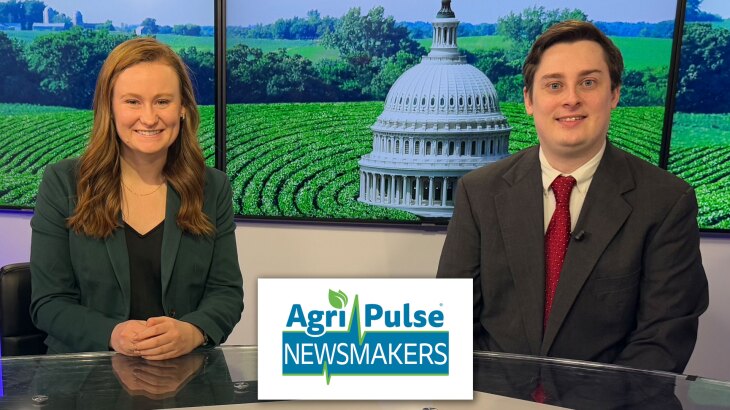Production costs for some of the nation’s top crops are forecasted to drop next year, according to new data released by the U.S. Dept. of Agriculture (USDA) Economic Research Service.
The USDA’s research arm says, on average, farmers can expect to pay around $32 less per acre of corn next year. Soybeans will cost around $9 less, and wheat will be around $10 less expensive than this year.
Researchers found the largest contributor to the declines is a drop in fertilizer costs while seed and chemicals largely remain level.
Just this week, analysts at DTN found retail fertilizer prices have fallen again this month, a trend six months in the running.
Related Stories
The top agriculture news headlines from RFD-TV News today (Friday, March 28, 2025), and the top trending stories on RFD-TV News.
Here are the top agriculture news headlines from RFD-TV News today (Wednesday, March 26, 2025) and the top trending stories on RFD-TV News.
Here are the top agriculture news headlines from RFD-TV News today (Wednesday, March 26, 2025) and the top trending stories on RFD-TV News.
Here are the top agriculture news headlines from RFD-TV News today (Thursday, March 20, 2025) and the top trending stories on RFD-TV News.
“There is some excitement in the air. Prices certainly have not been good, but the producer is excited...”
Here are the top agriculture news headlines from RFD-TV News today (Monday, March 17, 2025) and the top trending stories on RFD-TV News.



















